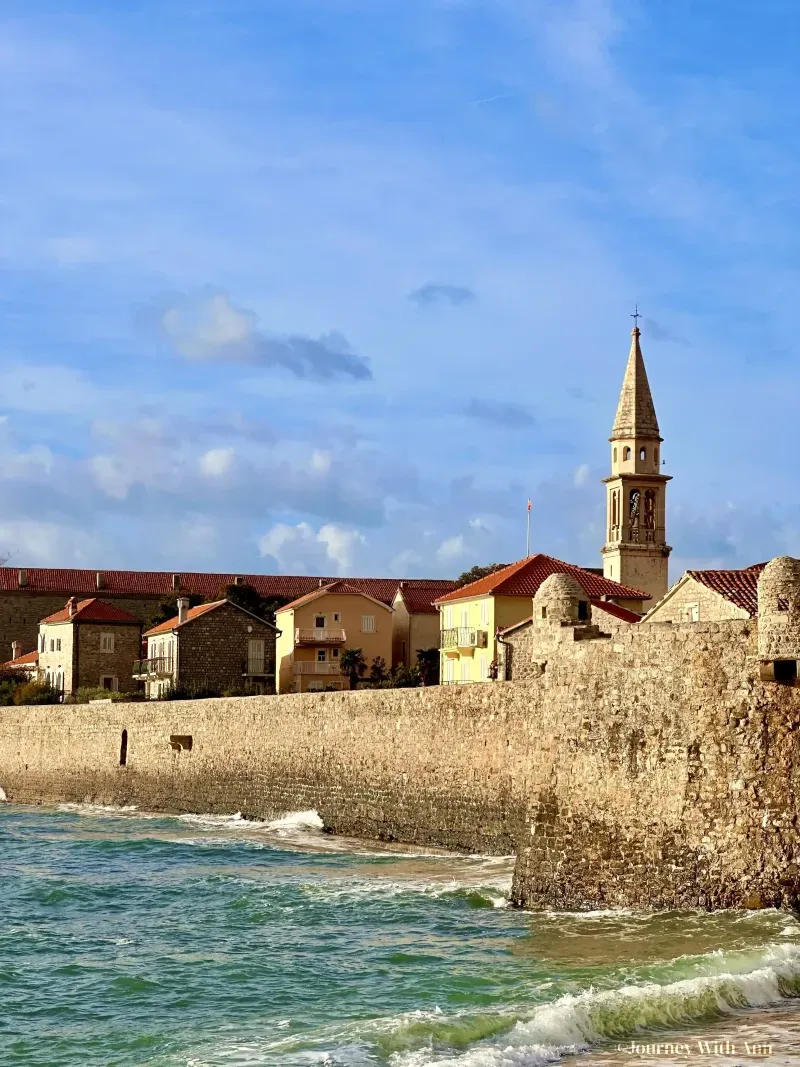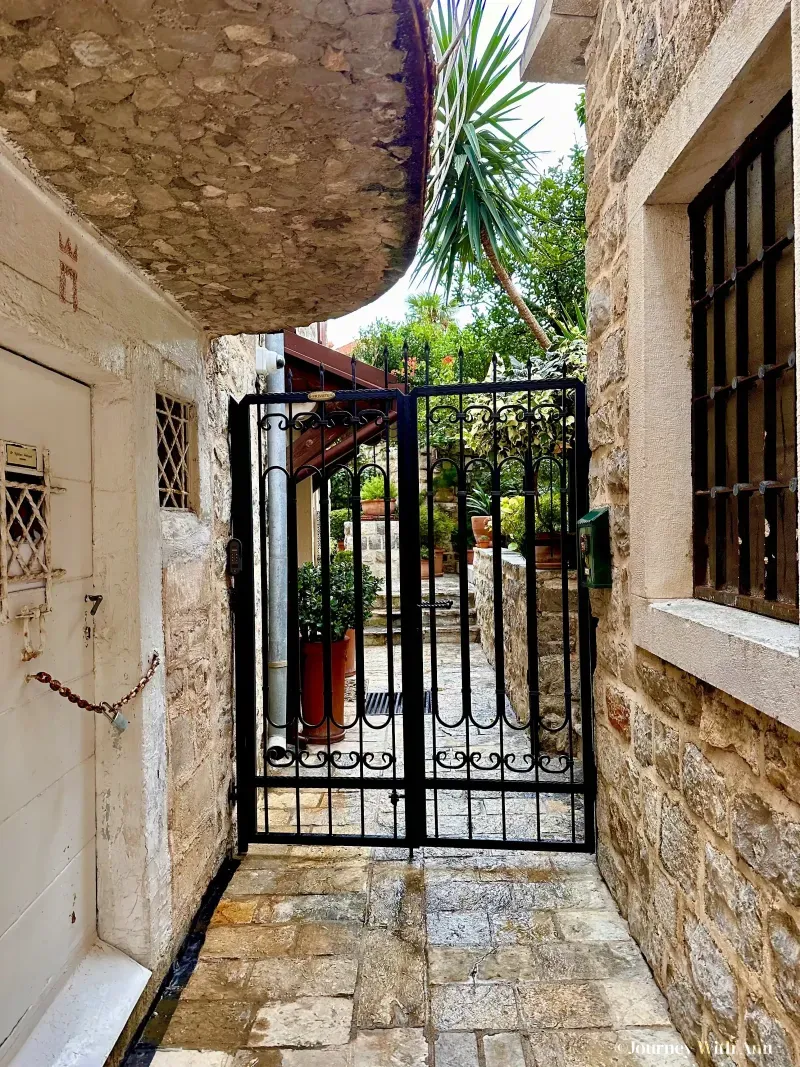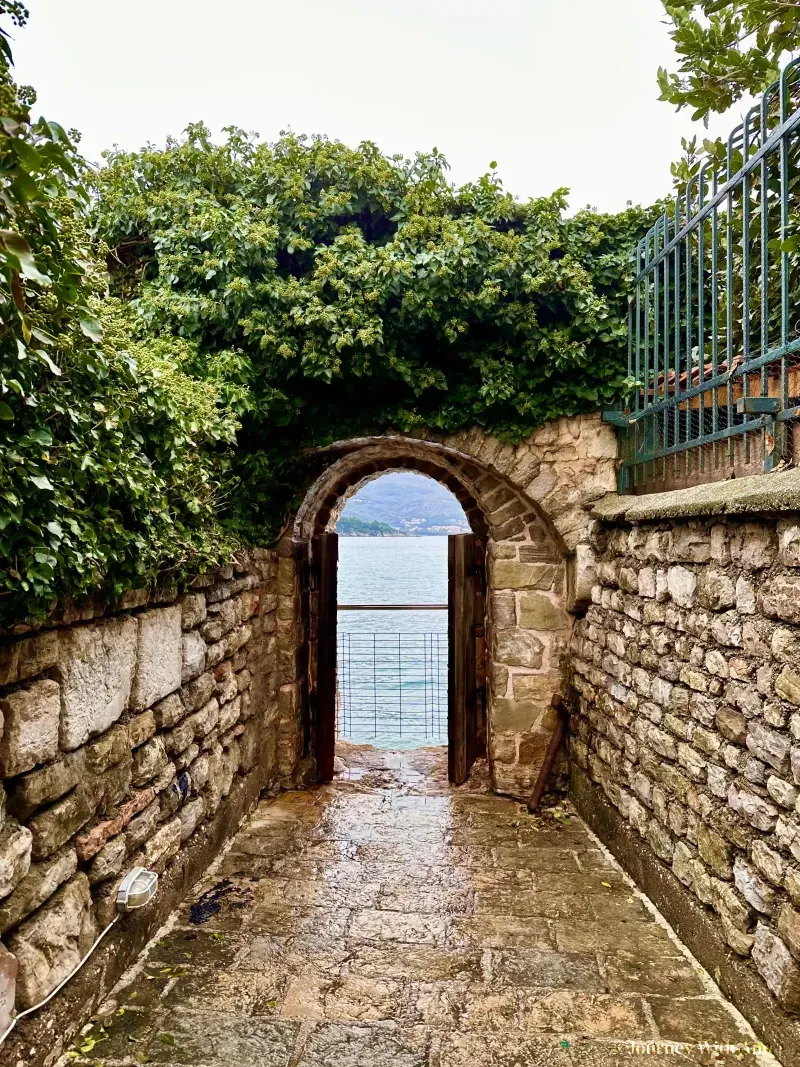A Melting Pot of Civilizations
The town's strategic location on the Adriatic coast made it a coveted prize for a succession of empires and powers. Throughout its history, Budva has seen Greek colonists who left their mark in the form of architectural designs and urban planning, the Romans who fortified the town and introduced advanced engineering and societal structures, and the Byzantines who further influenced its cultural and religious landscape.
Venetian Influence on Budva
The most significant transformations came under the Venetian Republic from the 15th to the 18th century, which is reflected in the architectural styles and urban layout that can be seen in the Old Town today. The Venetians reinforced the town's defenses, built imposing walls, and left a legacy of Renaissance architecture that gives Budva its distinctive character.

Resilience and Restoration
Despite suffering considerable damage from earthquakes, most notably in 1667 and 1979, Budva's Old Town has been meticulously restored. Its narrow, winding streets, small squares, and historic buildings give a vivid snapshot of its medieval past, while the town walls offer stunning views of the Adriatic Sea and Budva's beaches.
Budva's Old Town Today
Today, Budva's Old Town is not only a historical site but also a lively cultural center. It hosts numerous festivals, carnivals, art exhibitions, and performances throughout the year, making it a hub of Montenegrin culture and tourism. The blend of ancient history, cultural richness, and vibrant modern life makes Budva's Old Town a fascinating destination for travelers and a compelling point of interest for those looking to explore the broader historical and cultural context of Montenegro and the Adriatic region. Here, you’ll find hotels, shops, cafes, and restaurants, adding to its lively and welcoming atmosphere.


